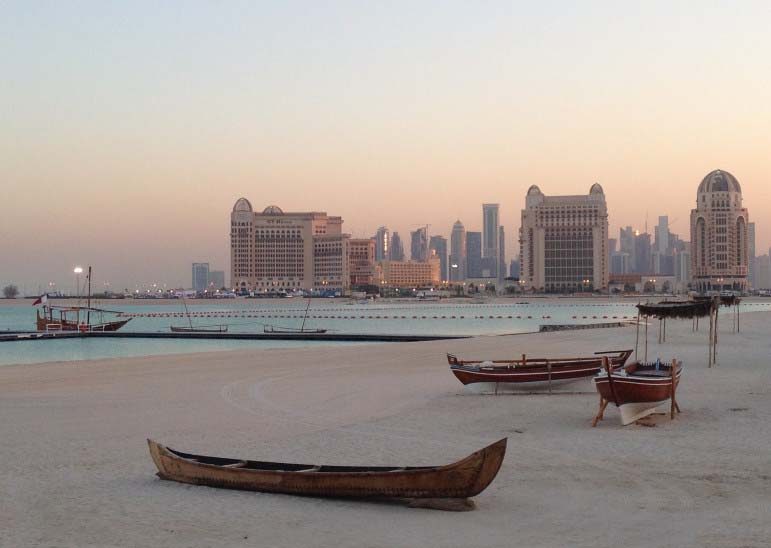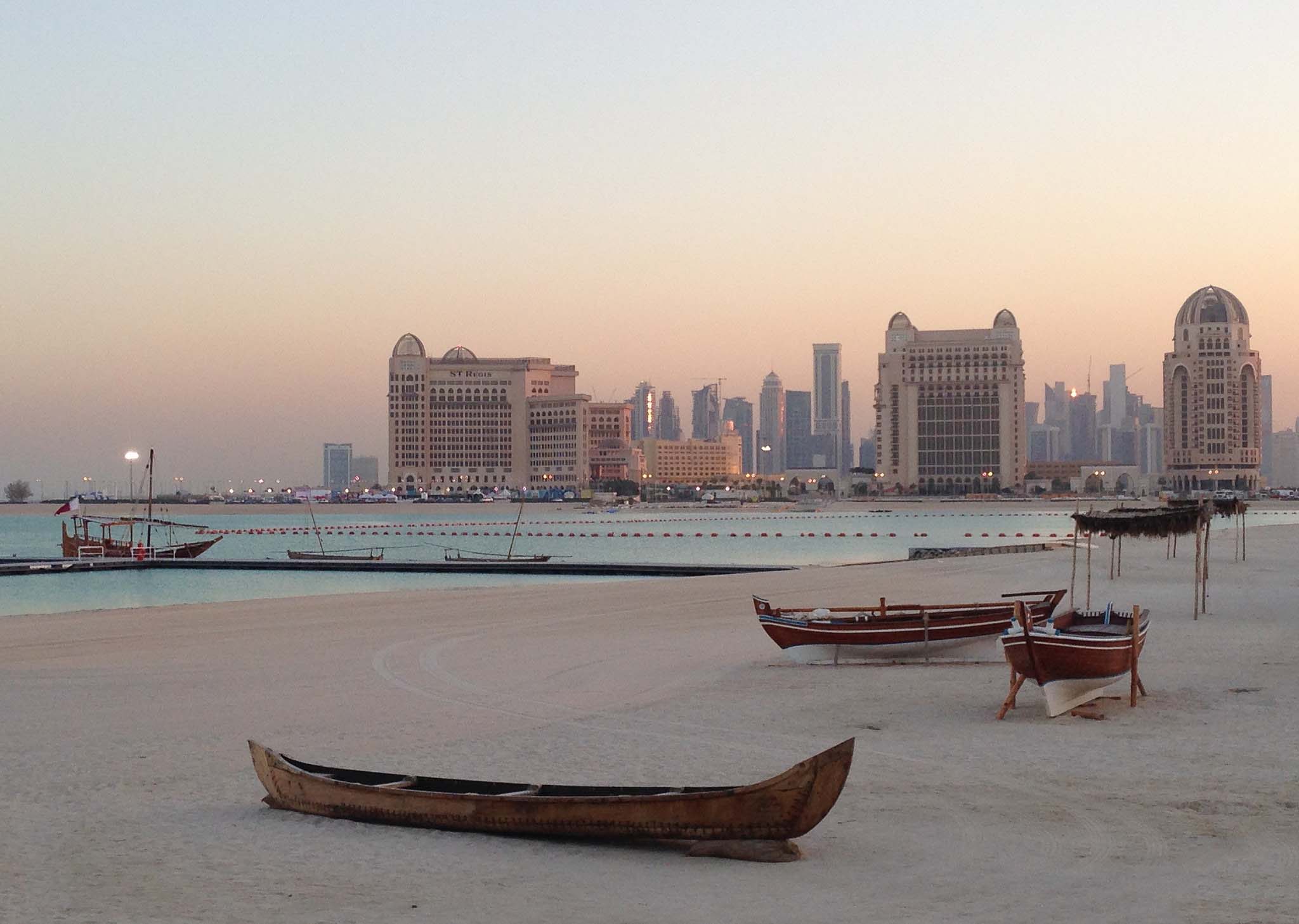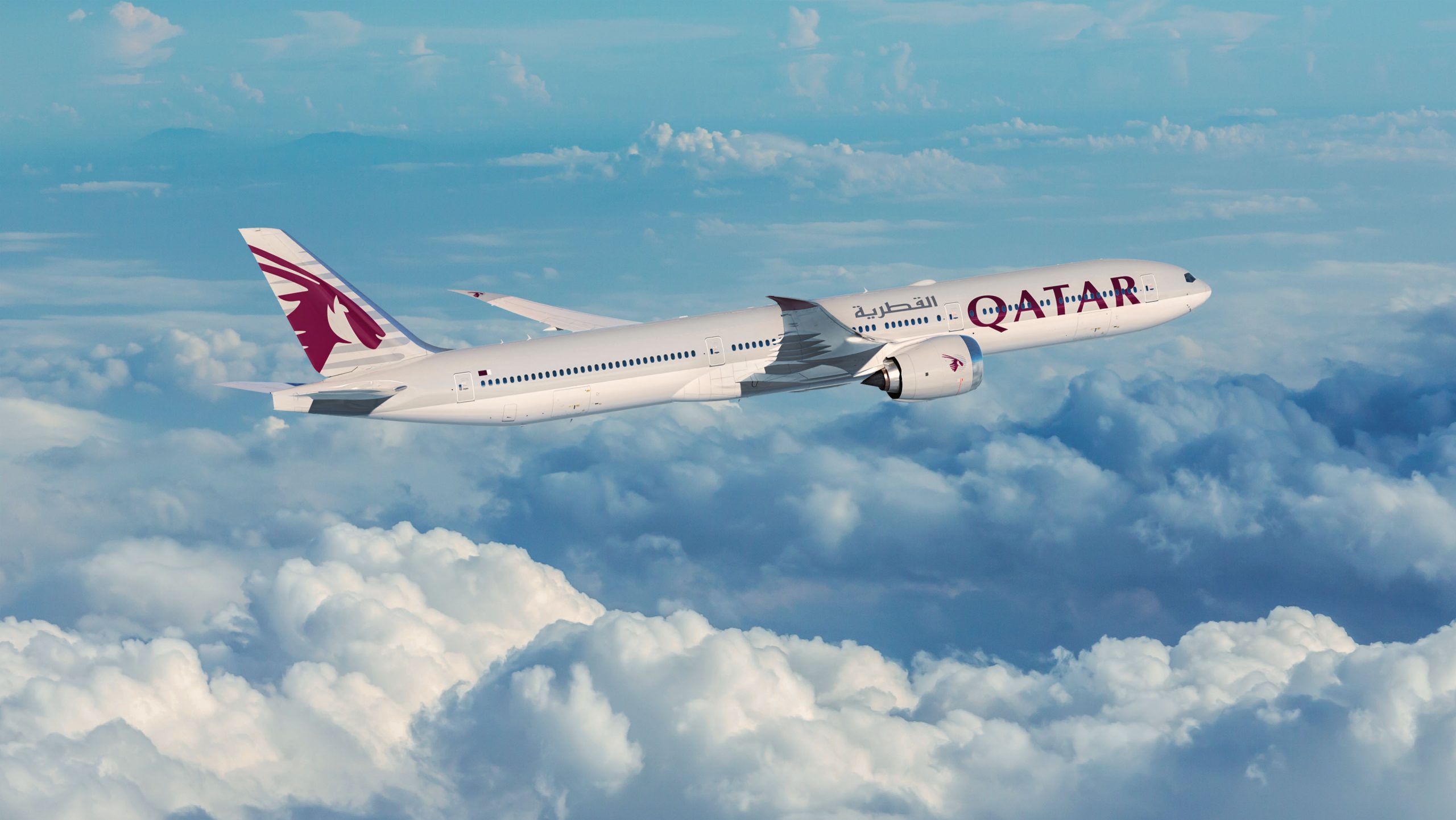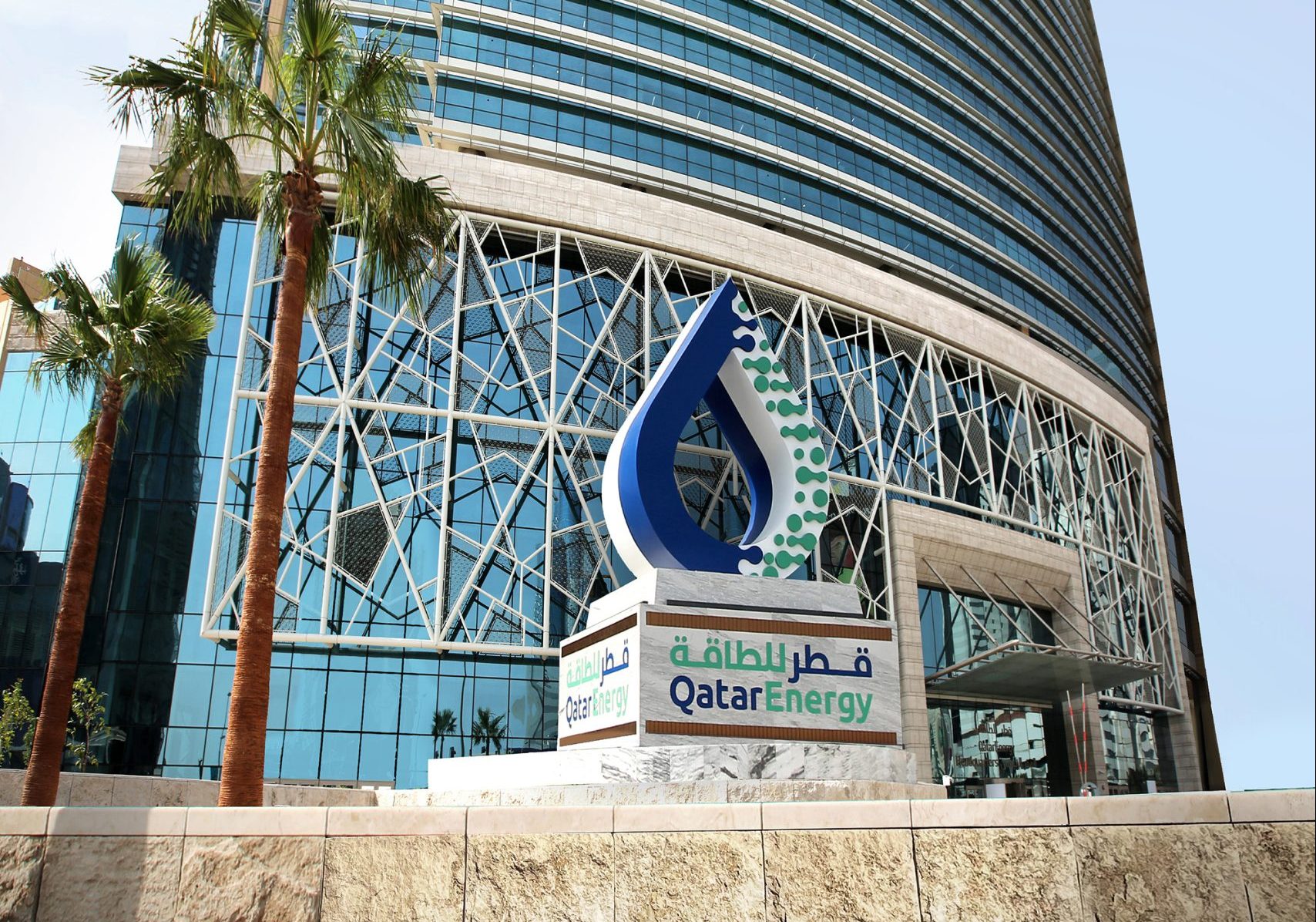
Doha hotels outperformed most of Qatar’s regional peers during the month of July, as the city emerged as a favored destination for Gulf tourists, according to a recently released report.
With occupancy rates up 5.5 percentage points on last July, and successful Ramadan iftar events boosting banquet sales, overall revenues for Doha hotels rose 15.2 percent from the same period in 2013.
This put the city ahead of key regional competitors such as Dubai, which struggled over the summer.
The latest HotStats survey by TRI Hospitality Consulting Middle East compared hotel performance across the Gulf and found that occupancy rates in Dubai dropped by 4.6 percentage points to 50.3 in July, due to a combination of the summer heat and Ramadan.
While still slightly higher overall than Doha’s 47.6 rate, Dubai’s hotels barely broke even during the month, as revenues particularly for food and drink took a hit.
Overall, the gross operating profit per available room for Doha hotels this year came to $53.22 – up from $28.51 in 2013. Dubai’s fell to $0.07, from $13.95 last year.
Peter Goddard, managing director of TRI Consulting, attributed Qatar’s success to its growing popularity as a holiday destination for other GCC residents:
“Doha was one of the strongest performing hotel markets in the region during July. The growth in top-line revenues was primarily due to a 5.5 percentage point rise in occupancy driven by increased regional leisure demand,” he said.
Tourism strategy
The news is sure to cheer the Qatar Tourism Authority (QTA), which has been working to woo more Gulf holiday makers.

Events such as international sporting events, the Souq Waqif Spring Festival and organized celebrations across Doha to mark Eid al-Fitr and Eid-Al Adha and the allure of the Museum of Islamic Art and Katara Cultural Village have helped to attract an increasing number of visitors.
Earlier this year, QTA launched its new national tourism strategy, which aims to attract some seven million visitors to Qatar by 2030 – a significant increase from 2012 figures, when there were 1.2 million travelers.
At the same time, QTA has also pledged to increase the number of people working in the tourism/hospitality industry exponentially, forecasting that figure to reach 127,000 in the coming 16 years.
As part of that plan, QTA has set up a dedicated tour guide training course with Stenden University Qatar.
The first batch of bilingual guides graduated earlier this summer, and are already set up at the Hamad International Airport. There are also plans afoot to open information booths at the Saudi border and the new port.
They were drilled in history of Qatar, knowledge of local tourist attractions, general tourism information, English language proficiency and advanced interpersonal relations.
Thoughts?
Note: This article was edited to correctly reflect that it is the revenue of Doha hotels which is up 15.2 percent, not profits as previously stated.







